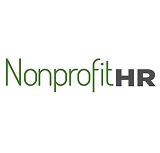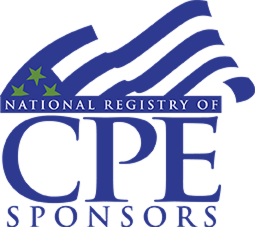
5 Tips Corner - Budgeting Beyond the Pandemic
The economic effects of the COVID-19 global pandemic on not-for-profits are wide-ranging. Some organizations fared better than others as a result of governmental relief programs, generous donors, insurance recoveries, investment income, and cost-cutting measures taken. Now, as organizations emerge from the pandemic, there are new challenges to be met: investment reserves must be replenished, attracting and retaining top talent must be top of mind, technology infrastructure and data security spends that were shelved or curtailed cannot be put off any longer. Effective surplus budgeting can provide a roadmap for achieving these objectives, and looking at lessons learned over the last 18 months is a great place to start.
Here are five considerations to focus on during the budget process:
- There is an opportunity to view line items through a new lens as a result of the pandemic. While many of the operational changes that not-for-profits made during the pandemic were temporary, others should become permanent. This presents opportunities for changes to the status quo in budgeting.
- While meetings and conferences are often essential program services, if an organization does not have sponsorship or exhibitor revenue to underwrite the event, the organization may be losing money on it. During the pandemic, many events were forced to be held virtually, and, to the surprise of many, the events were more profitable. Going forward, more virtual and hybrid events should be considered when formulating the budget. This is not to suggest eliminating in-person events entirely, but rather developing an optimal mix of impactful formats both programmatically and financially.
- Organizations often spend surprisingly significant amounts on board meeting expenses. It is not only the travel costs of the board members, but also of staff that attend the meetings. These offsite meetings have long been considered untouchable, but the pandemic has shown that governance meetings do not have to occur in-person to be effective. Consideration should be given to having some board meetings in-person and others virtually. The savings on airfare, lodging, meals, and entertainment can be substantial.
- Occupancy is often an organization’s greatest cost other than personnel costs. A movement was underway before the pandemic for organizations to evaluate their use of office space, thanks to technology advances and an evolving work-from-anywhere trend. The pandemic accelerated this trend, serving as a test-drive for many who were new to a remote work environment. The savings on rent and parking can be significant. Organizations should determine whether their office footprint can be reduced, especially if their lease is expiring in the next two years. A reduced footprint may present subleasing opportunities as well.
- Personnel costs are one area of the budget likely to see a higher than normal increase, as organizations get back to a full complement of staff and find it necessary to provide market-based increases in compensation and benefits in order to retain staff. If the so-called Great Resignation of 2021 continues into 2022, personnel costs will rise even higher.
It will likely take years to replenish reserves and to fund needed capital projects and other initiatives that were tabled during the pandemic. The budget is step one in the process. Never has the need, and opportunity, been greater to reimagine budgeting.
By Dan O’Shea, CPA, Partner, CohnReznick, Not-for-Profit and Education Practice, and Association Sector National Leader
































